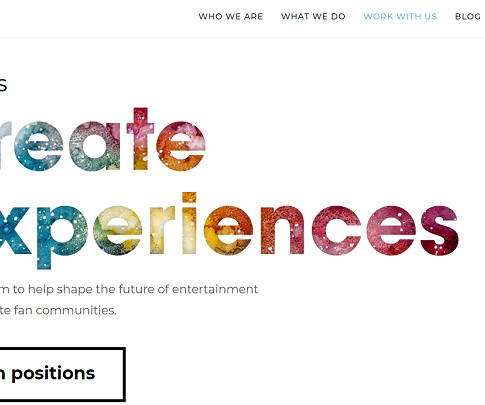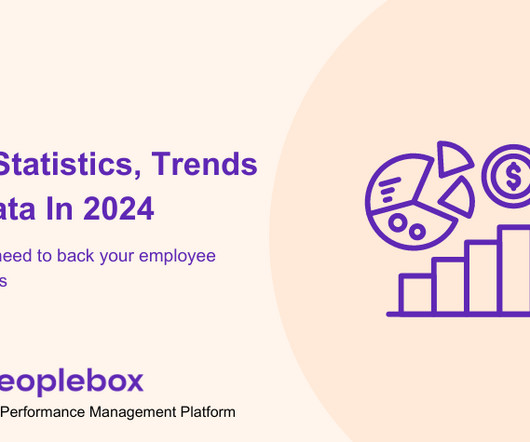HR Software for Small Businesses: Key Features and Benefits
EmployeeConnect
NOVEMBER 7, 2024
For example, tasks like tracking employee hours, managing payroll, or onboarding new hires can easily consume hours each week. Some systems also integrate benefits management, making it easy to manage employee benefits programs and ensure accurate tracking.























































Let's personalize your content